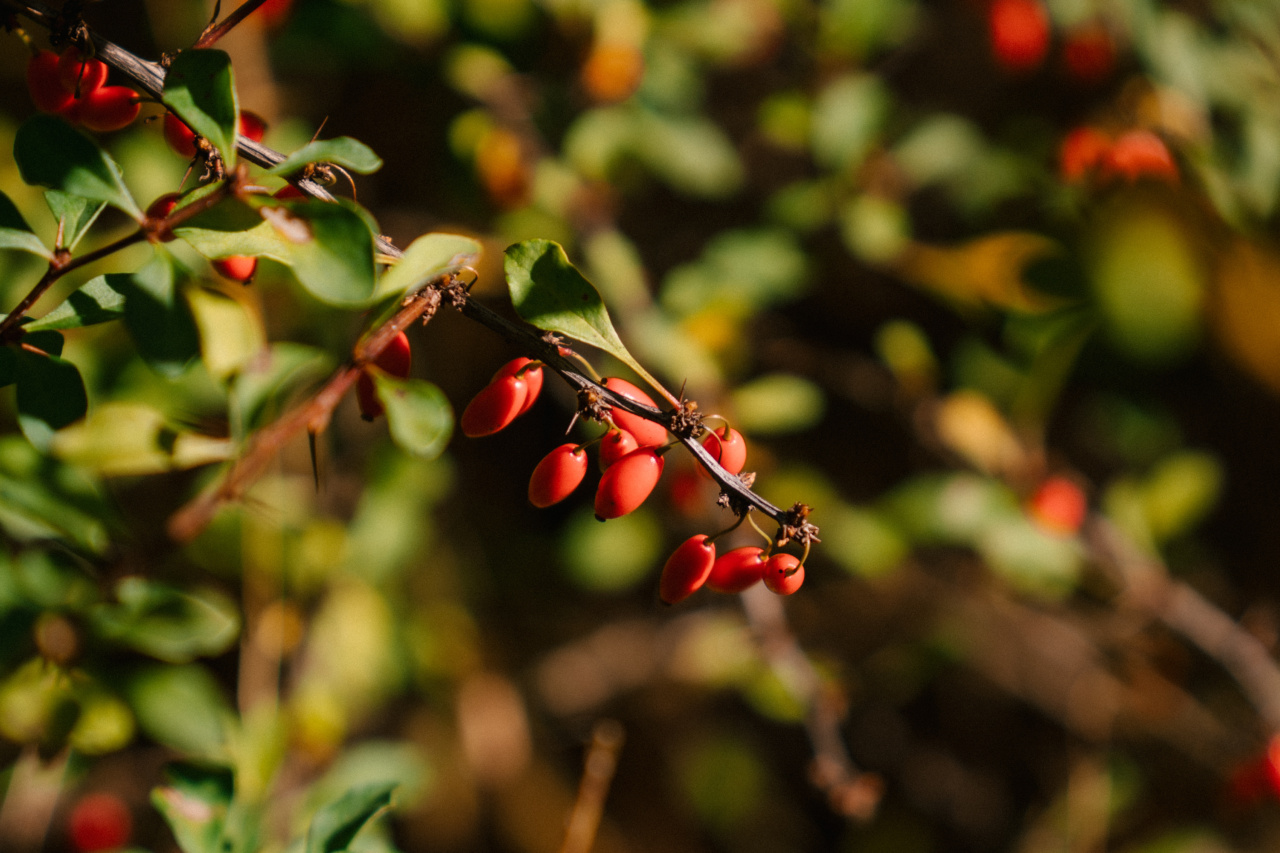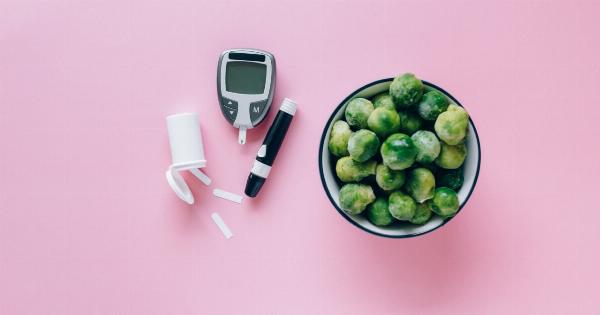High blood pressure, also known as hypertension, is a common condition that affects millions of people worldwide.
It is often referred to as the “silent killer” because it rarely presents noticeable symptoms until it reaches a critical stage. If left untreated, high blood pressure can lead to severe health complications such as heart disease, stroke, and kidney failure.
While there are various medications available to manage high blood pressure, many individuals are turning to natural remedies to help lower their blood pressure levels.
One such remedy that has gained significant attention is the crowned berry, also known as the pomegranate.
Understanding Blood Pressure
Before delving into the benefits of pomegranate in lowering blood pressure, it’s crucial to understand what blood pressure is and how it is measured.
Blood pressure is a measure of the force exerted by the blood against the walls of the arteries as the heart pumps it. It is measured using two numbers: systolic pressure over diastolic pressure.
Systolic pressure represents the force when the heart contracts and pumps blood, while diastolic pressure represents the force when the heart is at rest between beats.
Blood pressure is typically measured in millimeters of mercury (mmHg) and is expressed as systolic over diastolic, for example, 120/80 mmHg.
The Pomegranate’s Role in Blood Pressure Regulation
Pomegranates are remarkable fruits that have been consumed for thousands of years due to their numerous health benefits. They are packed with antioxidants, vitamins, and minerals, making them a powerful addition to a healthy diet.
Several studies have indicated that consuming pomegranate or pomegranate juice may have a positive impact on blood pressure levels.
The fruit is rich in natural compounds such as flavonoids, ellagitannins, and anthocyanins, which are believed to contribute to its blood pressure-lowering effects.
Research has shown that pomegranate can help:.
1. Reduce Systolic Blood Pressure
A study published in the journal Evidence-Based Complementary and Alternative Medicine found that drinking pomegranate juice for two weeks resulted in a significant decrease in systolic blood pressure levels.
The researchers concluded that the fruit’s polyphenolic compounds played a vital role in reducing high blood pressure.
2. Lower Diastolic Blood Pressure
Another study conducted at the National Nutrition and Food Technology Research Institute in Iran examined the effects of pomegranate juice consumption on blood pressure.
The results demonstrated a significant reduction in diastolic blood pressure among participants who consumed the juice daily for two weeks.
3. Enhance Nitric Oxide Production
Nitric oxide is a crucial compound that helps dilate blood vessels, thereby promoting smoother blood flow and reducing blood pressure levels.
Pomegranate has been shown to increase the production of nitric oxide, leading to improved endothelial function and lower blood pressure.
4. Inhibit ACE Enzyme
Angiotensin-converting enzyme (ACE) plays a role in regulating blood pressure by constricting blood vessels. Many blood pressure medications target ACE to reduce its activity.
Pomegranate has been found to possess ACE-inhibiting properties, similar to certain drugs used to manage hypertension.
5. Reduce Oxidative Stress
Oxidative stress is a condition that occurs when there is an imbalance between free radicals and antioxidants in the body. It can contribute to hypertension and other cardiovascular diseases.
Pomegranate, with its potent antioxidant properties, helps neutralize free radicals and reduces oxidative stress, ultimately benefiting blood pressure regulation.
6. Improve Cholesterol Profiles
High levels of low-density lipoprotein (LDL) cholesterol, commonly referred to as “bad cholesterol,” can contribute to the development of hypertension and cardiovascular disease.
Studies have found that consuming pomegranate can lead to a significant decrease in LDL cholesterol levels and an increase in high-density lipoprotein (HDL) cholesterol, also known as “good cholesterol.”.
7. Aid in Weight Management
Excess body weight and obesity are significant risk factors for high blood pressure. Pomegranate, with its low calorie and high fiber content, can help in weight management efforts.
Including this fruit in a balanced diet can assist in weight loss or maintenance, therefore positively impacting blood pressure levels.
8. Promote Relaxation and Stress Reduction
Chronic stress can elevate blood pressure levels and increase the risk of hypertension. Pomegranate possesses natural stress-relieving properties and can promote relaxation.
Its consumption can help individuals better manage stress, contributing to improved blood pressure control.
9. Support Heart Health
Healthy blood pressure is vital for overall heart health. Pomegranate’s ability to lower blood pressure, reduce oxidative stress, and improve cholesterol profiles makes it an excellent ally in promoting cardiovascular well-being.
10. Complement a Balanced Lifestyle
While pomegranate offers numerous benefits in lowering blood pressure, it is important to remember that it is not a standalone solution.
Regular exercise, stress management techniques, and a balanced diet rich in fruits, vegetables, and whole grains are all crucial components of maintaining healthy blood pressure levels.
In conclusion, pomegranate, the crowned berry, has been shown to have several beneficial effects on blood pressure regulation.
Its natural compounds help lower both systolic and diastolic blood pressure, enhance nitric oxide production, inhibit ACE enzyme, reduce oxidative stress, improve cholesterol profiles, aid in weight management, promote relaxation, support heart health, and complement a balanced lifestyle.
When incorporating pomegranate into your diet, opt for fresh pomegranate fruit or 100% pomegranate juice without added sugars for maximum health benefits.
While it is essential to consult with a healthcare professional regarding any changes to your diet or medication, adding pomegranate can be a delicious and nutritious way to support healthy blood pressure.






























